#fauna of Australia
Explore tagged Tumblr posts
Text
Nothing to see here, just a cute face of a Tasmanian short-beaked echidna.
7 notes
·
View notes
Text
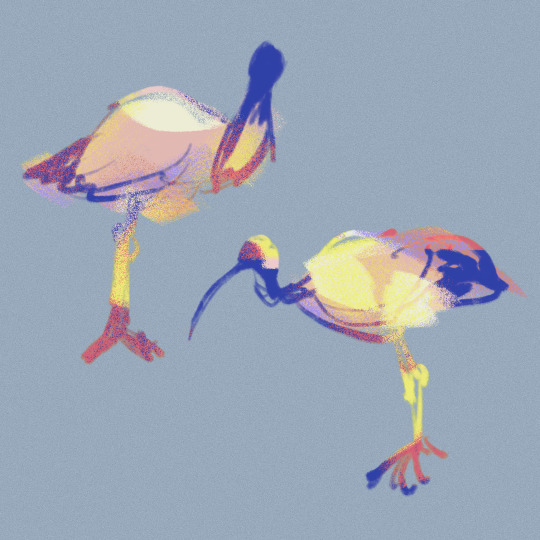
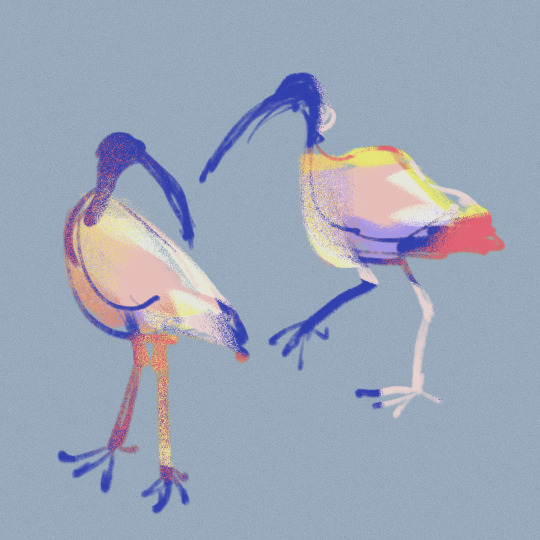
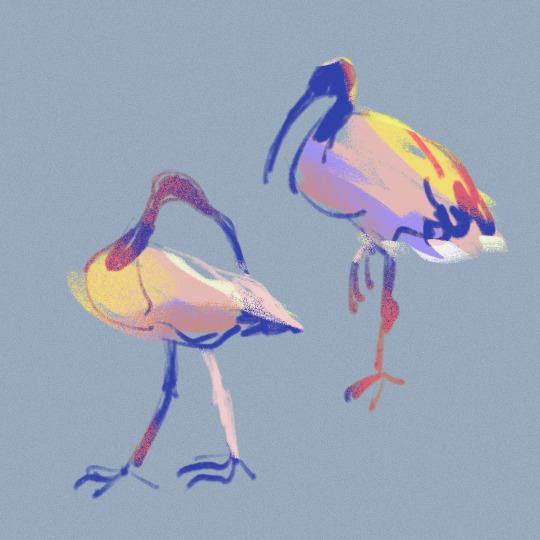
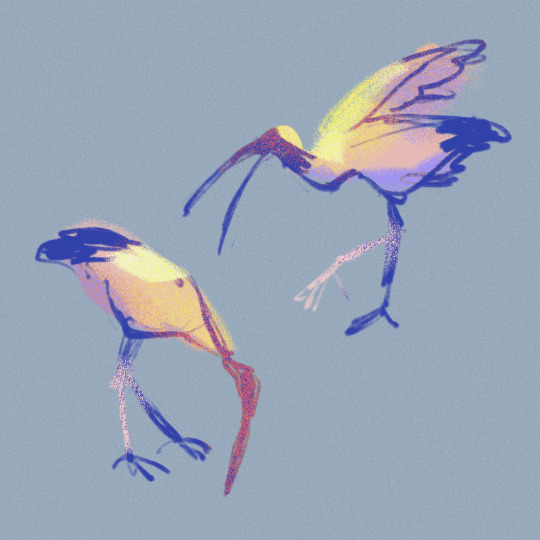
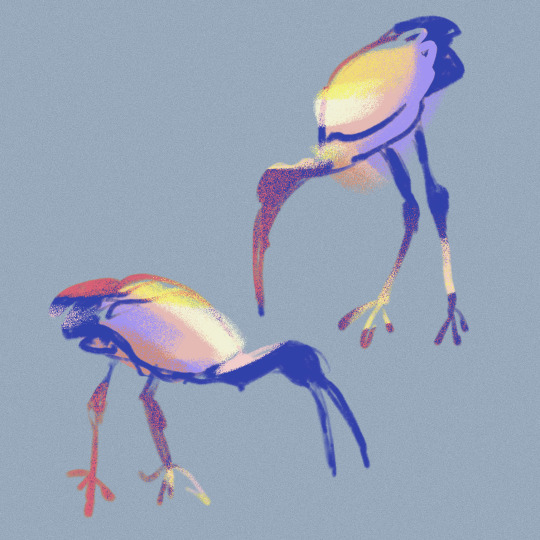
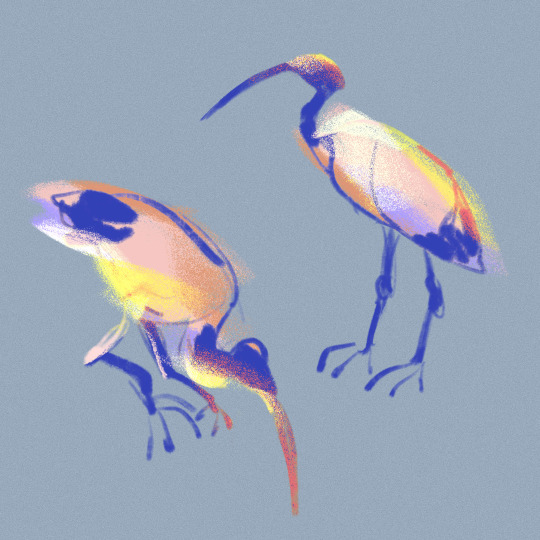
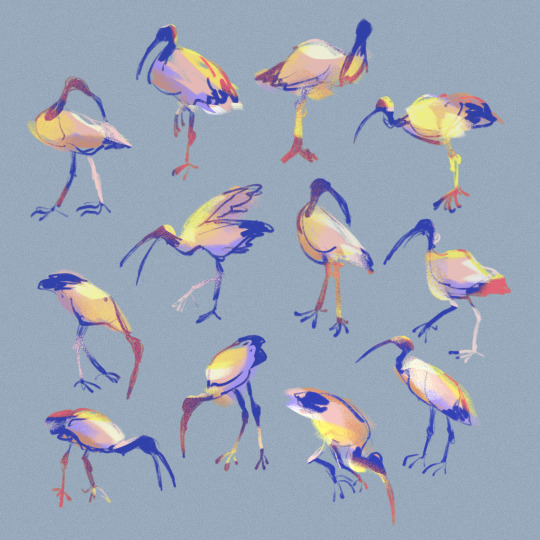
I love ibises and if you hate them then we have beef
#Australia#ibis#i'm tagging them as#bin chicken#purely bc it's what ppl refer to them as and not bc I think it's nice#be respectful to ibises!!!!!!!!!!! they didn't choose the bin life the bin life chose them bc of colonialism!!!!!#straya#fauna#birds#no one from other countries will understand this post and that's ok
172 notes
·
View notes
Text



Down Under with the Desert Goby
Desert gobies (Chlamydogobius eremius) are a species of goby found only in the middle of the desert, in the Lake Eyre drainage basin of South Australia. The permanent pools they reside in are fed by underwater springs, and during the rainy season they may also reside in rivers and streams formed by rainfall.
As a result of living in such a harsh environment, desert gobies are capable of tolerating temperatures as low as 5°C (41°F) and as high as 41°C (105°F), as well as salinity as high as 60 ppt-- twice the salinity of the ocean. To cope with the heat, adults are often observed sticking their heads out of the water and 'gulping' air to facilitate evaporative cooling. Otherwise, individuals spend the bulk of the day hiding under rocks and in submerged vegetation that provides shade and protection from predators.
Although C. eremius can swim, individuals tend to spend most of their time on the bottom of the pond or river in which they reside, and move around using their pectoral fins in a hopping motion. They are omnivorous, consuming whatever food is available. This can include small crustaceans, insects, algae, fish eggs, and detritus. The desert goby's main predator is the spangled perch.
Desert gobies are rather unremarkable in appearance. Both sexes are mottled brown, to better blend in with their environment. In general, males are larger than females, although they don't exceed 6cm (2.36 in) in length. Males also tend have a larger dorsal fin than females. This fin is black, with a white ridge and yellow and blue splotches, and serves to attract potential mates by signalling the male's fitness.
C. eremius mate in the summer, from November to March. Males attract females by constructing nest sites and performing courtship displays. After mating, the female deposits up to 300 eggs in the male's nest, and then leaves to seek out a new mate. The male then cares intensively for the eggs, guarding them and fanning them with his tail to keep them oxygenated. The eggs take anywhere from 10 to 17 days to hatch, at which time they become completely independent. In fact, offspring may travel many hundreds of kilometers from their parents via established waterways and temporary channels formed by rainfall. The average lifespan of desert gobies is one year.
Conservation status: The desert goby has not been evaluated by the IUCN. However, several other closely-related desert goby species are classified as Endangered. Their primary threats come from habitat destruction caused by excessive water draining, and by disruption from cattle and feral pigs.
Photos
Klaus Stiefel
Andreas Svensson
T. K. Lehtonen
#desert goby#Perciformes#Gobiidae#gobies#perch-like fish#ray-finned fish#bony fish#fish#freshwater fauna#freshwater fish#deserts#desert fish#Oceania#Australia#south australia
80 notes
·
View notes
Text

Dasypodia selenophora
20-JAN-2025
Melbourne, Vic
#australia#victoria#melbourne#insect#arthropod#bug#moth#australian natives#native fauna#native insects#southern moon moth#southern old lady moth#arthropoda#insecta#lepidoptera#noctuidae#dasypodia#dasypodia selenophora#brown#eye spots#fluffy#fuzzy#texture
60 notes
·
View notes
Text
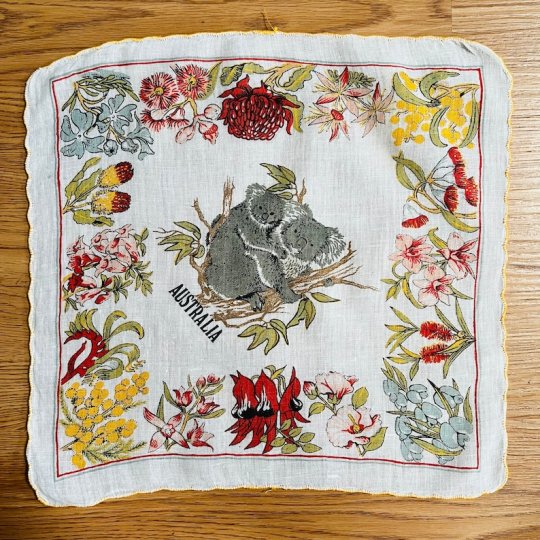
Vintage Australia koala Handkerchief byMazeVintageStore
#MazeVintageStore#handkerchief#koala#vintage#vintage fabric#australia#australian#floral#botanical#fauna and flora#fauna#flora#nature
231 notes
·
View notes
Text

Kookaburra
Croydon, Australia 2025
#photo#photography#Street Photography#landscape#australia#liminal spaces#travel#Sony A7C II#animals#animal#fauna#nature
23 notes
·
View notes
Text


So insanely obsessed with Tangalooma
#australia#aussies#Australian#beaches#beachlife#beach babe#beach#beachgirl#coral island#snorkeling#swimming#landscape#nature#ocean#oceancore#pacific ocean#ocean aesthetic#beachvibes#flora and fauna#explore#exploring#summer
48 notes
·
View notes
Text

Bellatorias
“Land mullet, Lamington National Park, Queensland” - via Wikimedia Commons
#land mullet#wikipedia#wikipedia pictures#wikimedia commons#nature#animals#skink#skinkblr#reptiles#reptiblr#reptile#lizard#lizards#bellatorias#reptilia#squamata#scincidae#egerniinae#zoology#herpetology#herpblr#lamington national park#queensland#australia#fauna
42 notes
·
View notes
Text
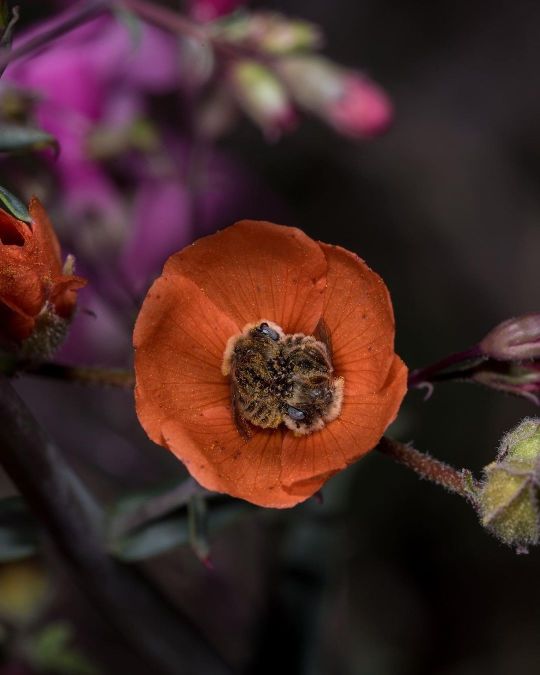
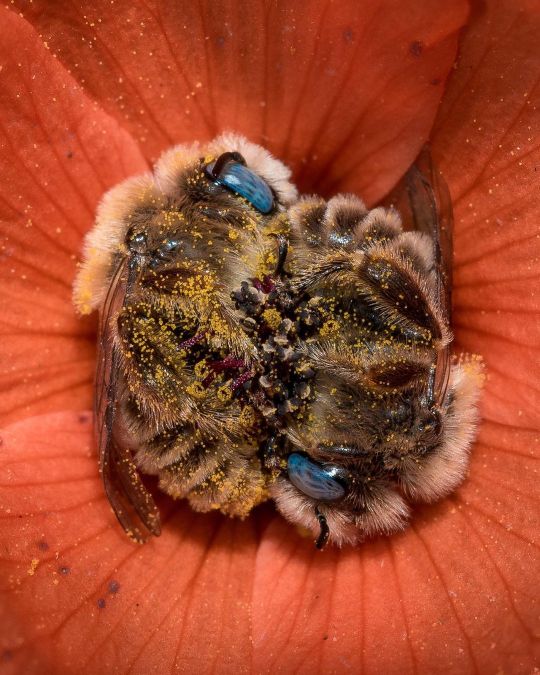
australiangeographic
Did you know that bees sleep? Incredible photo captured by Joe Neely shows two Globe Mallow Bees(Diadasia diminuta) sleeping in a globe mallow flower.
207 notes
·
View notes
Text
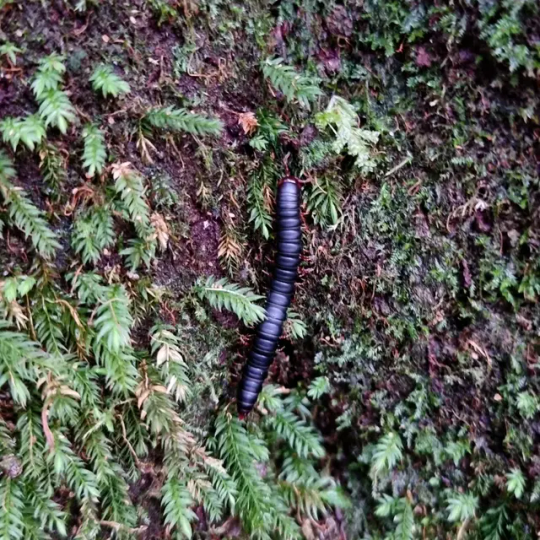
Giant red-legged millipedes (Spirobolida) Queensland, Australia
#bugblr#bugposting#bugs#bug photography#millipede#insects#insect#entemology#forest#forest witch#australian wildlife#australian flora#australian fauna#Australia#queensland
14 notes
·
View notes
Note
Please tell me about the great emu war of 1932 :3
"Haha Australia lost a war to emus twice"
NO BUT YOU DON'T UNDERSTAND!!
Here's why:
First, I don't believe foreigners know how BIG emus are, and how much of their stocky main body is just layers and layers of feathers

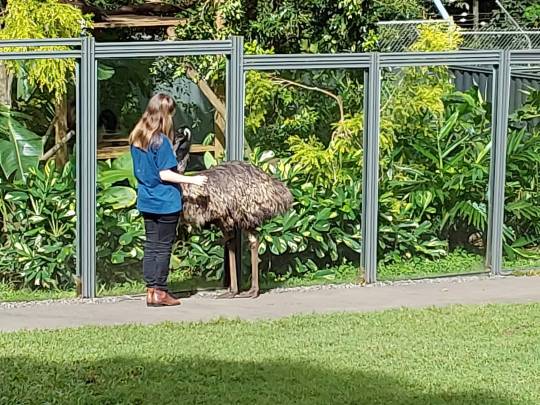
This is Peck. He doesn't actually Peck but he LOVES the LADIES and for reference, that's me as he's uh... trying to woo me. I'm 4'11 / 149cm tall and in that photo he's not standing at full height either because he's preparing to get lower and ahem, grind. He is also a juvenile.
Emus are typically 5.7 feet/1.75 meters tall, but they have been recorded to get up to 6.2 feet/1.9 meters.
So imagine you've got this big ass dinosaur bird with the most t-rex looking feet perfectly designed for running. Yeeting. Skeeting. Killing you maybe. And now take into account these flightless fucks can run up to 62 Kilometers per hour. THATS 39 MILES PER HOUR TOP SPEED.
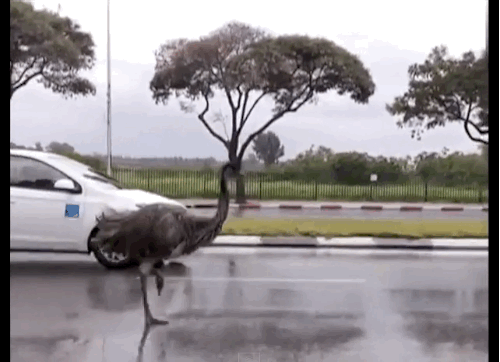
Now add 20,000 emus.
So 20,000 emus against poverty-stricken farmers with failing crops, farmers WHO WERE MOSTLY WW1 VETERANS BY THE WAY. Yeah nah.
Here's a visual to help y'all understand how insanely large emu groups get.

Onto why the hell were there so many emus on the farmlands (even tho... yknow... the emus and the local indigenous were there first but we won't get into that.)
Basically a big drought made the horde of emus move away from their usual dwindling territory, onto the sprawling Australian "farm lands" and remember I mentioned their feet before? BIG STOMPY. Whatever crops that had somehow managed to survive the severely vitamin-deficient soil and grow, did not in fact, survive the dinosaur feet as the emus strolled through, pecking and foraging the ground along the way.
The plight of the veteran farmers didn't fall on deaf ears, but the Australian government severely underestimated the power of 20,000 emus by a LONG shot. Plus they weren't all that interested either, until at least it was reported that the emus were destroying the Rabbit Proof Fence. What legends.
For the first "war" the government sent 3 men.
Yep. You heard me. Three guys. Major Meredith, Sargeant McMurray and a soldier by the name of O'Halloran.
They had one truck with a machine gun, and probably other guns, but between them roughly 10,000 rounds of ammunition.
So off they went. To wage war against the progressive emus breaking the symbol of "White Australia" AKA the Fence. Oh and also I guess the starving vets.
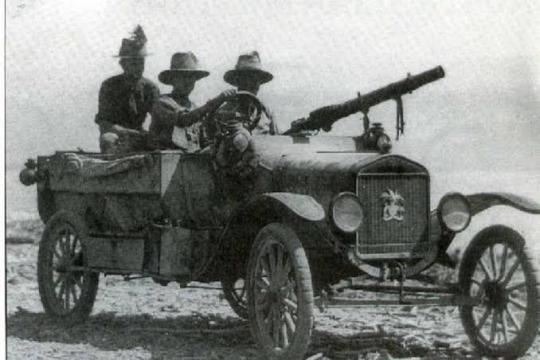
This is it. This is what they had.
Locals from all around joined in the fight and tried to herd the roaming groups of emus into the murder range but the emus had a tactic. One that us Aussies use at bush doofs when you hear police sirens- and that is to SCATTER.
They only killed "a dozen birds" from a group estimated to be around 1000. It didn't help that the machine gun jammed during this organised ambush.
And by then, the Emus clicked onto what was happening. They split up into smaller groups, observed to be led by the largest sized male who kept an eye out for the enemy. Never again did they risk coming together as seen before.
The war was lost. Only a few more attempts were made that had little success and Ornithologist Dom Serventy concisely summarised the whole operation.
I want to remind you all that this is a recorded statement, kept on file in legal military documentation
"The Emu command had evidently ordered guerrilla tactics, and its unwieldy army soon split up into innumerable small units that made use of the military equipment uneconomic. A crestfallen field force therefore withdrew from the combat area after about a month."
Let's move onto Emu War Part Two: Unsuccessful Boogaloo
Heads up by the way, TW below.
Emus were still, y'know, Emu-ing about and the drought didn't let up either. People were still dying of starvation, becoming homeless and committing suicide. It took the Premier of Western Australia, and a Base Commander in the military penning letters and using media pressure to finally convince the government to give it another go.
Major Meridith returns to the War and having learnt from practically everyone's past assumptions of the highly intelligent sonic-speed bird, brought success. And by that I mean, more success than the previous war.
Ultimately only 5% of the 20k Emu Army were ever killed, and even that is debated since it is more than likely they inflated numbers of kills to lessen the damage of being completely inferior to the superb qualities of the Emu.
A Federal parliamentarian (like a senator) when asked about whether there should be a medal made for the conflict, he replied with:
"Any medals should go to the emus who had won every round so far."
And of course in true Aussie fashion, the Defence Minister who supported and approved for the Emu War 1 and 2, was given the title by the Australian public, and international conservationists of ‘Minister for the Emu War’.
Ouch, but also, Not Every Problem Has To Be Solved With Guns.
Ironically what worked far better was the implementation of fences to keep the Emus OUT and unfortunately, a bounty system that saw many locals and professional hunters alike have FAR more success than an entire military operation. 57,000 bounties were claimed in a six month period after it being introduced in 1934.
Thus concludes the Great Emu War of 1932.
If you're asking why I know this, I studied it when I was 16, and made an entire poster to which I gave it to my Japanese Teacher. For context: I was living in Japan. Going to a Japanese School. And teaching my poor English teacher about this Emu War that he only believed once he looked it up. As a parting gift I gave him a poster. Shout out to Kawamura-Sensei you tried so hard not to laugh at the poster but I won that war.

Here it is. All the quotes on there are real too!
#emu war#great emu war#the great emu war#emu#australian emu#australian army#australia#australian#emu meme#australian fauna#long post#history#australian history#major meridith#aus gov#aus history#auspol#bush doof#doof#aussie culture#aussie#animal death#birblr#bird#birb memes#bird death#animals#animalblr#wild birds#wild animals
135 notes
·
View notes
Text
A diamond python visited my chicken coop last night.
9 notes
·
View notes
Text
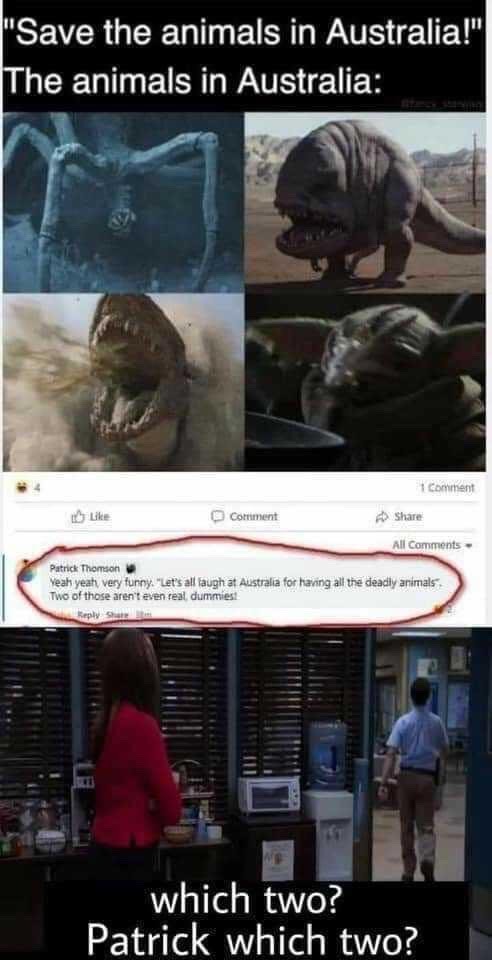
#meme#memes#funny#animals#fauna#vibes#good vibes#funny vibes#mood#aes#aesthetic#aesthetics#australia
64 notes
·
View notes
Text


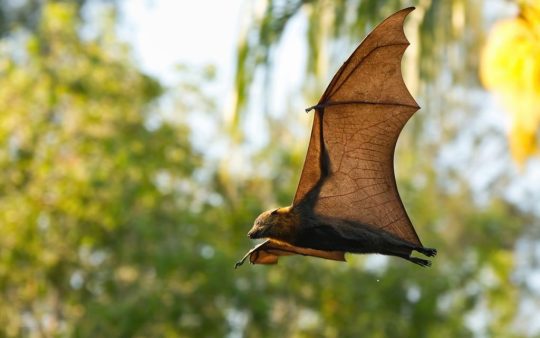
Get Foxy with the Grey-headed Flying Fox
Pteropus poliocephalus, better known as grey-headed flying foxes, are a species of megabat native to eastern Australia. They are typically found in rainforests, woodlands, and swamps, but they have also become common in more agricultural and urban areas, particularly those that maintain large groves of trees. They are semi-migratory, moving when food availability diminishes, and can travel over 1000 km (620 mi) over the course of a season.
Like most bats, grey-headed flying foxes forage at night. They feed exclusively on fruit, pollen, nectar, and tree bark-- most commonly from figs and two species of eucalyptus tree-- and may fly up to 50 km (31 mi) in a single night to find food. Although they are quite large, P. poliocephalus can fall prey to eagles, goannas and snakes, particularly as pups or juveniles.
Because they do not feed on insects, these bats do not use echolocation to navigate. Instead, they use a large range of calls to communicate with other members of their colony, which can contain several hundred members in the summer. Winter colonies are slightly smaller, and segregated by sex, but individuals and families within these groups will stay together for several generations.
Mating occurs between March and May, when males stake out territories and compete to attract females. After mating, mothers seclude themselves in a female-only colony and gestate a singe pup about 6 months after breeding. Weaning takes an additional 5-6 months, after which juveniles separate from their mother. Daughters typically stay within their mother's winter colony, while sons join the male colony after a year's time. Individuals take approximately 30 months to become fully mature, and may live up to 10 years in the wild.
The grey-headed flying fox is notable for being the largest of Australia's bat species. Adults can be anywhere from 600-1000 g (21.5- 35.2 oz), with a wingspan of up to 1 m (3.3 ft). As their name implies, the body is covered with burnt orange fur, and the face is large and fox-like, with none of the large ears or distinct nasal apparatuses that distinguish other bat species.
Conservation status: P. poliocephalus is considered Vulnerable by the IUCN. Populations are declining largely due to habitat destruction. Many individuals are also killed by farmers, who consider them to be pests.
Photos
Vivien Jones
Shane Ruming
Andrew Mercer
#grey-headed flying fox#Chiroptera#Pteropodidae#fruit bats#flying foxes#bats#mammals#tropical forests#tropical forest mammals#tropical rainforests#tropical rainforest mammals#deciduous forests#deciduous forest mammals#urban fauna#urban mammals#oceania#australia#east australia#biology#zoology#ecology#animal facts
84 notes
·
View notes
Text

Australian Raven outside my house <3
18 notes
·
View notes
Text



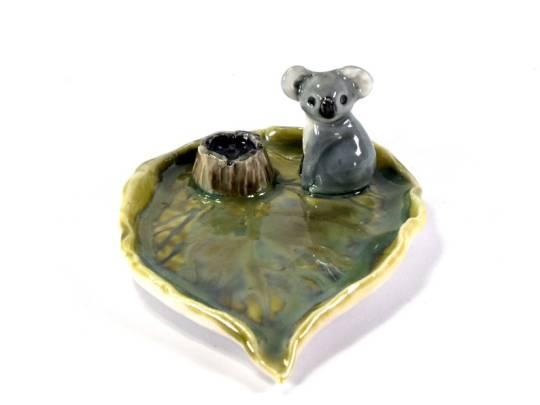
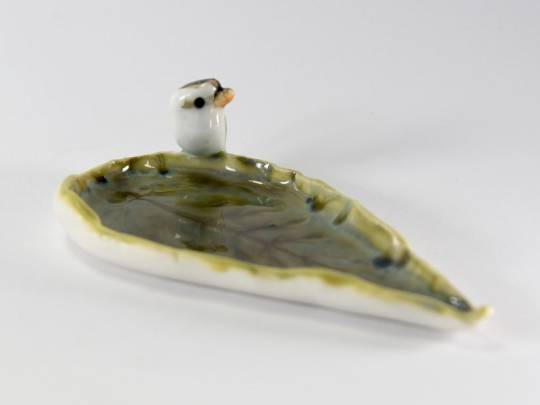

Minature Porcelain Figurines - Native Australian Wildlife by AnitaReayArt
#AnitaReayArt#bird#birds#wildlife#fauna#australia#australian#porcelain#australian wildlife#animal#cute#figurine
88 notes
·
View notes